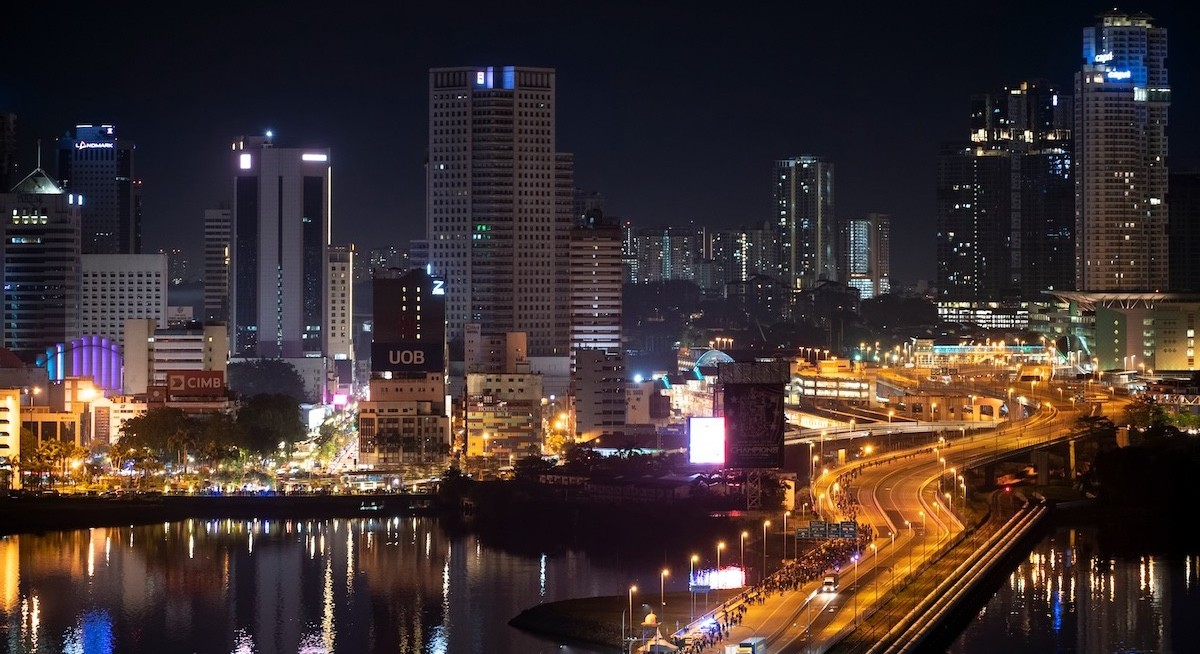So I stayed. University led to job offers, and job offers became a career. I’ve never worked in Malaysia. I visit family often, but my adult life has been built entirely in Singapore. This country, in all its precision and pragmatism, has shaped who I am.
Although my approval to become Singaporean came just in time to enjoy the $600 SG60 vouchers, it was a long time in the making. If you have met me, you would probably never guess my background, except for the occasional Malaysian Mandarin slang that slips out now and then.
Malaysia and Singapore are inseparable in geography, history and culture. We eat the same food (with long debates over who does it better); speak a similar blend of English, Malay and Chinese; and switch seamlessly between Singlish and Manglish depending on which side of the border we’re on. But economically, the contrast is stark.
A big part of that comes down to the strength of the Singapore dollar. With $1 now buying about RM3.30, the difference in earning power is significant. A nasi lemak priced at RM5 tastes even better when your dollar stretches farther.
See also: An AI bubble? The bond market is not seeing one
But it is not just about higher salaries — it is about what that currency strength represents: fiscal discipline, policy consistency and better spending power. That is why talent continues to stream into Singapore, not just from Malaysia, but from Indonesia, China, India and beyond.
That doesn’t mean Malaysia is out of the game. In fact, the upcoming Johor-Singapore Special Economic Zone (SEZ) might be the clearest sign yet that both countries are ready to work together, rather than just compete.
The SEZ, first announced in early 2024, is designed to ease the flow of goods, people and services across the border. With simplified customs processes and joint incentives for businesses, it could transform Johor into a viable extension of Singapore’s industrial and services ecosystem. For Malaysia, that means investment and job creation. For Singapore, it means growth without straining limited land and labour.
See also: What is the true value of co-living?
With the SEZ, the next decade could be one of greater regional integration and shared prosperity. And maybe by SG70, we will look back at SG60 as the turning point when cross-border cooperation became more than just an MOU.
Back to Singapore — this country made space for me and thousands of others like me to contribute and integrate. That matters. The country created a thriving economy that attracts talent and retains it. Then, making it attainable for those who see Singapore as a home to build a life here. From efficient public services to merit-based opportunities, it offers a kind of predictability and opportunity that is rare in the region.
But Singapore is more than its systems. Over the years, I’ve come to appreciate the quirks too: the way people queue instinctively, the silent intensity of chope culture and the national obsession with hawker rankings.
As someone who chose Singapore not out of necessity but conviction, I’ve always admired the way the country balances pragmatism with ambition. That mindset filters down into almost everything, like how the public housing system here is planned.
For those of us who’ve crossed over, not just physically, but emotionally, it is not just about what Singapore gives us. It is about what we bring to the table, too. Perspectives shaped by growing up in another system, but grounded in the same Southeast Asian reality. It is about understanding the value of what we now have, because we’ve seen the alternatives.
So as the city-state turns 60, I find myself reflecting not just on what the country has achieved, but what it represents: a rare example of a small state punching above its weight, driven by careful planning, a cohesive identity and a relentless focus on relevance.
The years ahead will not be easy. Global competition is fierce, regional dynamics are shifting, and the economic landscape is becoming increasingly uncertain. But with a strong willingness to adapt, Singapore has a shot at staying ahead of the curve.
As for me, I will be celebrating SG60 with a renewed sense of ownership. No longer just a resident looking in, but a citizen looking forward.




